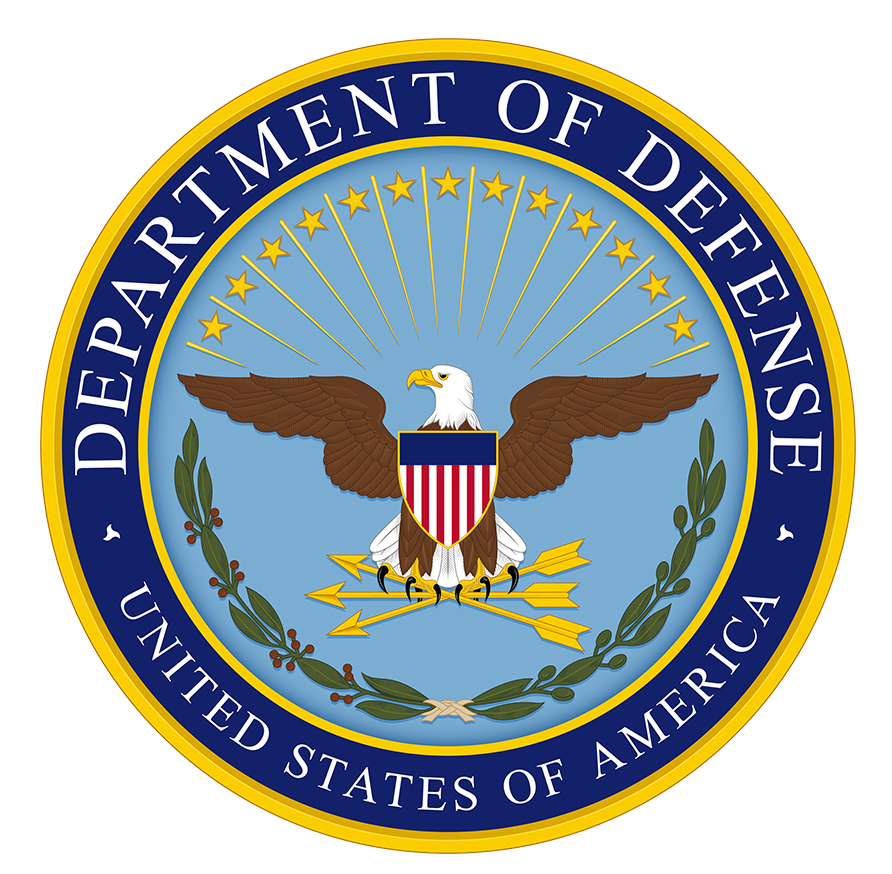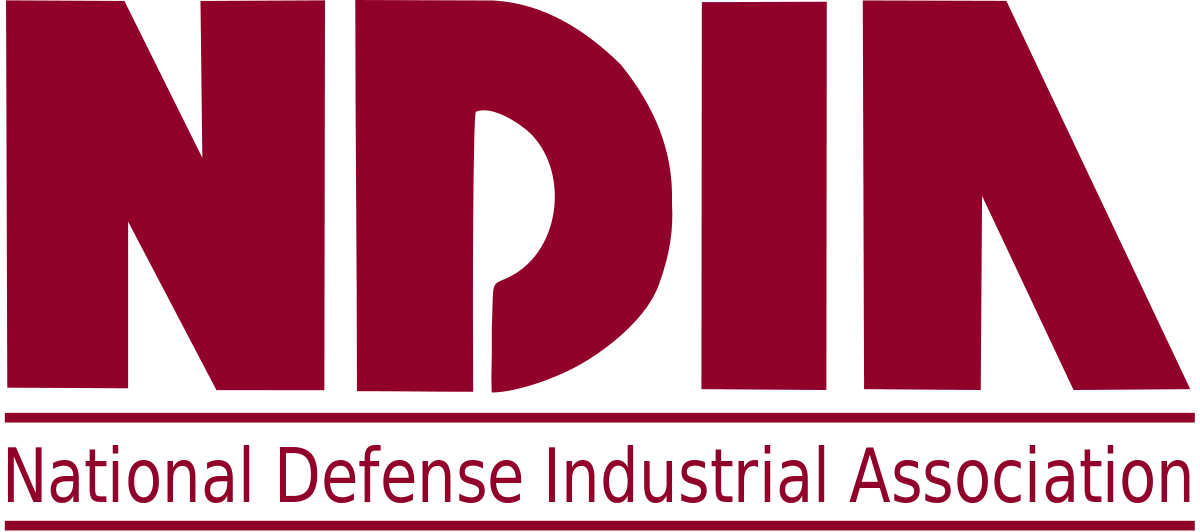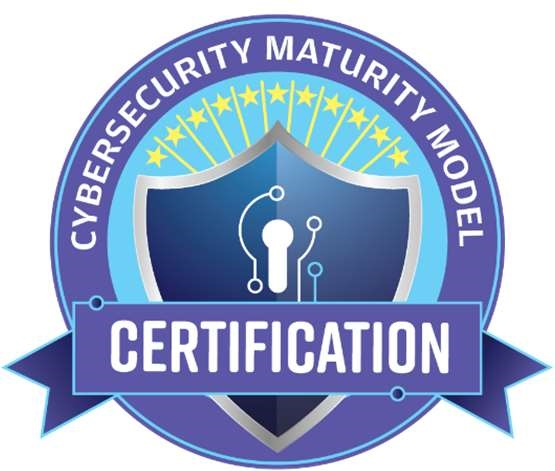Cyber threats are ever-present in the aerospace and defense sectors, where a single breach can have national security implications. Building a strong cybersecurity culture is now just as critical as deploying firewalls or encryption. In fact, creating a cyber-resilient organization goes beyond technical solutions like firewalls or antivirus software – it hinges on organizational culture. This post, inspired by insights from the Cuick 10 Podcast (Season 2, Episode 2) with Microsoft’s Justin Orcutt, explores how aerospace and defense organizations can foster a robust cybersecurity culture. We’ll look at leadership’s role, compliance drivers (like CMMC and affirming officials), training best practices, the impact of emerging threats and evolving standards, and ways to integrate security into daily operations.
Why Cybersecurity Culture Matters in Aerospace & Defense
In aerospace and defense companies (including defense contractors large and small), cybersecurity isn’t just an IT issue – it’s an organizational value. A strong culture of security means every employee understands the stakes. These industries handle sensitive data (e.g., technical designs, intelligence, Controlled Unclassified Information (CUI), or export-controlled ITAR data) that adversaries aggressively target. Small defense suppliers are often in the crosshairs of nation-state hackers just as much as primes; the Department of Defense notes that foreign actors “have targeted and will continue to target small businesses” holding valuable defense information.
A cybersecurity culture instills a mindset of vigilance and risk management at all levels. It’s the bedrock on which compliance rests – no checklist or technology can substitute for people doing the right thing daily. Organizations with mature security cultures are more resilient and better prepared to protect sensitive data and recover from incidents, giving them a competitive edge in the Defense Industrial Base. On the flip side, a poor security culture can be costly. For example, one court allowed a lawsuit against a major software company (SolarWinds) to proceed partly because the company claimed to have a “culture of security” but did not in practice – employees weren’t even aware of basic password policies or training. The lesson is clear: culture must be genuine and pervasive, or security failures will eventually occur.

Leadership Sets the Tone and Accountability
“Tone at the top” is fundamental to a cybersecurity culture. Leaders in aerospace and defense organizations need to champion cybersecurity as a core value. This means executives and managers demonstrate a genuine commitment to security in both words and actions. As one industry expert put it, building a cyber-resilient organization “hinges on the foundation of organizational culture”, and executives play a critical role in setting that foundation. Leadership should visibly practice good cyber hygiene (using strong passwords and following policies), allocate sufficient budget and resources for security, and prioritize security initiatives alongside business objectives.
Crucially, leaders must also establish accountability. Recent Department of Defense compliance programs reinforce this by assigning responsibility and accountability to internal resources, such as a senior affirming official. Under the new CMMC (Cybersecurity Maturity Model Certification) rules, contractors at all levels must file annual compliance affirmations signed by an “Affirming Official.” According to the DoD, an Affirming Official is a senior representative “responsible for ensuring the company’s compliance with CMMC requirements and has the authority to affirm the company’s continuing compliance.” This measure effectively holds leadership legally accountable for the organization’s cybersecurity posture. Frequent affirmations also create potential False Claims Act risk if a company misrepresents its security status– a powerful motivator for executives to stay engaged and truthful about cybersecurity. In practice, this means leadership can’t just pay lip service; they must foster a culture of security through action: setting policies, reviewing cyber risk reports, and making security an agenda item in every project and planning meeting.
It’s also wise for leadership to integrate cybersecurity into the company’s identity. Some organizations even rewrite their mission statements to include a commitment to cybersecurity. When employees see that top brass genuinely cares – not just about passing audits, but about protecting the mission – it drives home that security is everyone’s job. Leadership should communicate regularly about cyber risks and expectations, celebrate good security practices, and ensure that accountability flows downward as well: every department head and team lead should feel responsible for the security of their people and projects.
Compliance Culture and the Role of Affirming Officials
Aerospace and defense firms operate under strict regulations and standards – from NIST SP 800-171 controls and DFARS clauses to validation programs like CMMC, as well as international standards. Compliance requirements shouldn’t be seen as mere checklists but rather as frameworks to build a security-first culture. For example, the CMMC 2.0 program not only requires technical controls, but also emphasizes practices like security awareness training and policy documentation, which tie directly into culture. In fact, creating a cybersecurity culture where everyone – from top executives to new employees – understands the importance of cybersecurity can significantly improve an organization’s security posture.
One of the newest cultural drivers in compliance is the Affirming Official concept mentioned above. By mandating a senior officer to affirm the organization’s cyber readiness annually, DoD is effectively pushing companies to bake compliance into daily operations rather than treating it as a one-time certification. The affirming official must ensure continuous adherence to standards and report if major changes occur (e.g., a merger or system overhaul that would trigger a new assessment). This encourages a culture of continuous improvement and honesty in security compliance. It also aligns well with broader risk management principles: organizations must constantly assess and mitigate cyber risks, not just once a year but as an ongoing cycle.
In practical terms, fostering a compliance-oriented culture means keeping policies up-to-date with evolving standards, conducting periodic self-assessments, encouraging staff to report issues, and promoting transparency. Employees should understand why compliance matters (protecting national security, keeping contracts, avoiding legal penalties) so that meeting requirements becomes a shared priority. When compliance is part of the culture, security measures are followed not just to “avoid trouble” but because teams take pride in doing things the right way.
Training Employees and Building Awareness
Technology alone can’t secure an organization if the people using it are not prepared. Employee training and awareness programs are, therefore, a cornerstone of cybersecurity culture. Attackers often target the human element – through phishing, social engineering, and other tactics – knowing it’s frequently the weakest link. A staff member who can’t recognize a phishing email or who neglects security protocol can unwittingly let attackers in. To counter this, aerospace and defense organizations need comprehensive training that empowers employees as the first line of defense.
Best practices for cybersecurity training include:
- Regular, mandatory awareness training – Cover the latest phishing schemes, ransomware trends, safe use of removable media, password hygiene, and social engineering red flags. For defense contractors, ensure the content aligns with NIST SP 800-171 and CMMC requirements for security awareness (e.g. CMMC Level 1 requires basic security awareness for all staff). Make training continuous (e.g. quarterly refreshers) so that security stays top-of-mind.
- Job-specific training – Tailor programs for different roles. IT administrators need deep technical security training, whereas engineers and project managers might need guidance on secure development practices and handling of sensitive data (FCI, CUI). Everyone should know the procedures relevant to their job and how they contribute to overall security.
- Simulated drills and exercises – Conduct phishing email simulations or incident response tabletop exercises. These practice runs help employees learn how to react to a suspicious email or a potential breach in a low-stakes environment, reinforcing correct behaviors through experience.
- Incident response education – Ensure that every employee knows what to do if a cybersecurity incident occurs. Clearly document and train on the reporting process for suspected incidents (who to call, what information to collect) and basic containment steps. As CMMC guidelines suggest, organizations should have well-defined incident response plans, and staff should be familiar with them. Quick reporting can drastically reduce damage during an attack.
- Policy and procedure awareness – It’s not enough to have thick binders of security policies; employees must be aware of and understand them. Simplify key policies into one-pagers or infographics and discuss them in team meetings. For example, make sure everyone knows the rules for handling classified vs. unclassified info, the proper way to use personal devices, and the protocol for granting visitor access to facilities. Thorough documentation is only useful if it’s accessible and digestible.
By investing in training, organizations create a workforce that is not only compliant but genuinely aware of cyber risks. An informed employee is more likely to spot and stop a phishing attempt, avoid unsafe practices, and take proactive steps in case of anomalies. Over time, this continuous education builds a pervasive vigilance – people start to instinctively think about security implications in their daily tasks, which is exactly the goal of a cybersecurity culture.
Adapting to Emerging Threats and Evolving Standards
The threat landscape in the defense sector is constantly evolving. Attackers today employ sophisticated techniques – from supply chain attacks to zero-day exploits – and tomorrow’s threats will be even more advanced. A strong cybersecurity culture is one that can adapt to change. This means organizations should stay informed about emerging threats (through threat intelligence feeds, industry ISACs, etc.) and update their defenses and training accordingly. When employees hear about a new type of scam or a breach at a peer company, a culture of security encourages asking, “Could that happen here? How do we prevent it?” and then acting on those reflections.
Compliance standards are also not static. For instance, the CMMC program itself has evolved (from v1.0 to 2.0) and will continue to be refined; NIST SP 800-171 recently released Revision 3 with changes to controls, and NIST SP 800-53 will continue to evolve as well. These evolving standards often raise the security bar. Companies with a good culture won’t treat compliance updates as a burden but as an opportunity to strengthen security. They will regularly review and update policies, controls, and practices to meet new requirements. For example, if a new regulation requires multi-factor authentication everywhere, a culture of cybersecurity will help in rolling that out with employee buy-in (since employees already understand why such controls are critical).
One emerging dynamic is the increasing overlap of compliance and security with broader business continuity and risk management. Cybersecurity culture should encourage cross-functional thinking: IT security teams working with operations, HR including cyber in onboarding, executives considering cyber risk in enterprise risk registers, etc. When a new threat or standard emerges, culturally aware organizations will proactively conduct risk assessments and scenario planning. They ask: what does this mean for us, and how can we stay ahead?
In aerospace and defense, scenarios like supply chain compromises, state-sponsored espionage, ransomware on critical systems, or insider threats are very real. Fostering a culture that is anticipatory and resilient involves frequent drills (as mentioned), encouraging employees to report even near-misses or suspicious behavior (not shooting the messenger), and leadership promoting a mindset of continuous improvement. In short, continuous adaptation is part of the culture. This adaptability makes the organization agile in the face of new regulations and nimble in responding to novel attack techniques.
Integrating Cybersecurity into Daily Operations
Ultimately, the goal is to weave cybersecurity into the fabric of daily operations beyond just having technical controls in the server room. In practical terms, this integration means security considerations are present in every project, process, and decision:
- Secure by design: Engineering and IT teams should incorporate security from the start of any project. For example, when developing new avionics software or setting up a contractor portal, they include threat modeling, secure coding practices, and compliance checks in the project plan. All new systems and processes should go through a security review by default.
- Built-in processes: Routine business processes, from hiring to vendor management, should have security steps. HR should include cybersecurity orientation for new hires and enforce background checks for roles handling sensitive data. Procurement should assess supplier cybersecurity (e.g., requiring vendors to have certain certifications or SPRS scores). This ensures that security isn’t an afterthought but part of the workflow in each department.
- Regular audits and check-ups: Embedding security means periodically checking that operations remain compliant and secure. Conduct internal audits or spot-checks on things like user access rights, data handling procedures, or physical security of labs. As one guide notes, all programs and projects need regular audits to ensure they remain cyber-compliant. Treat these not as punitive “gotchas” but as health checks to catch issues early and improve processes continuously.
- Empowered employees: In a security-integrated culture, employees at all levels feel empowered to act in the interest of cybersecurity. For instance, if a staff member in the field notices an insecure practice or a potential vulnerability, they know how to report it and trust that management will address it. There’s a culture of transparency where reporting incidents or even admitting mistakes (like clicking a bad link) is encouraged, not punished – because it helps the organization learn and improve. This psychological safety is key to surfacing issues before they escalate.
Crucially, integrating security daily means that cybersecurity isn’t viewed as “someone else’s problem”. It’s not just the IT department or security team responsible for defending the company – it’s everyone. A robust cybersecurity culture emphasizes collective responsibility, where everyone from executives to frontline staff plays a role in protecting the organization’s digital assets. This shared ownership creates a human firewall across the organization, adding a layer of defense that technology alone cannot provide.
Conclusion
Building and maintaining a strong cybersecurity culture in aerospace and defense organizations requires commitment across leadership, processes, and people. It means leadership drives the message and leads by example, compliance and accountability mechanisms reinforce good practices, employees are continuously trained and aware, and the organization remains agile against evolving threats. When cybersecurity is embedded into everyday operations – when it becomes “the way we do things around here” – companies not only reduce their risk of breaches but also enhance their overall performance and trustworthiness.
In high-stakes sectors like defense and aerospace, a robust cybersecurity culture could very well be the difference between foiling an attempted espionage and falling victim to it. By investing in culture, organizations build an internal fortress: one where technology, people, and processes align to keep sensitive data and systems secure. Compliance, risk management, and technical defenses all flourish best in an environment where cybersecurity is part of the DNA. As the saying goes, “culture eats strategy for breakfast” – and in this case, a strong cybersecurity culture will eat cyber threats for lunch, keeping aerospace and defense innovators focused on their mission with confidence in their security posture.






